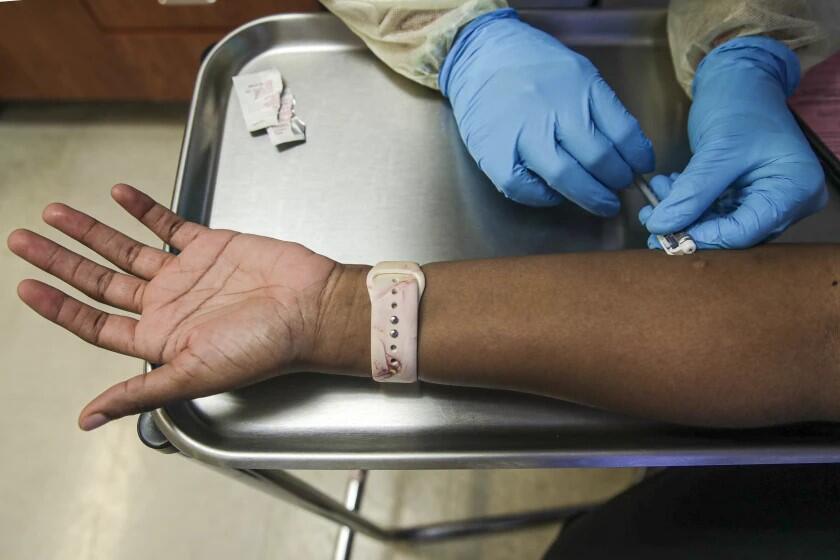Japan to use radioactive soil from Fukushima on flowerbeds outside PM's office
Fukushima Daiichi remains a name that echoes with bitter memories and a chilling reminder of the catastrophic nuclear disaster that occurred on March 11, 2011. As Japan grapples to recover from the aftermath, the government recently announced an intriguing plan set to unfold. On Tuesday, it revealed plans to use some of the radioactive soil excavated from the vicinity of the Fukushima Daiichi nuclear power plant on flower beds outside the office of Prime Minister Shigeru Ishiba. The intent behind this unexpected move is to demonstrate that the soil is safe to reuse.
This announcement has stirred a great deal of controversy and debate over the safety of such an action. However, the Japanese government insists on the safety of the soil and wants to use this symbolic gesture to send a clear message about its commitment to recovery and rehabilitation. The soil will also be used in the grounds of public buildings, further emphasizing the government’s unwavering stance that it is safe to reuse.
The nuclear catastrophe at Fukushima Daiichi was a result of a deadly combination of an earthquake and tsunami, which led to the meltdown of three of the plant’s six nuclear reactors. This disastrous event resulted in the release of radioactive materials into the environment, causing widespread contamination. A significant amount of soil was removed in the cleanup efforts that followed, and the government is now left with the task of managing this radioactive waste.
The plan to use the soil from Fukushima on flower beds outside the Prime Minister’s office seems like a bold statement from the government. It’s an attempt to quell fears and doubts that linger in the hearts of many Japanese citizens and the international community about the safety of using such soil. It’s a step towards addressing the ongoing concerns about the after-effects of the nuclear disaster and its impact on the environment and human health.
However, this move is not without its critics. Many have expressed concerns about the possible health risks associated with exposure to radioactive materials, even in soil that has been deemed ‘safe’ by the government. There are those who fear that this move is a mere political statement, masking the reality of the ongoing challenges related to nuclear waste management and the associated environmental and health risks. It’s a contentious issue, and the government’s assurance of the soil’s safety is met with skepticism and apprehension.
Nevertheless, the government appears determined to proceed with its plan. It seems to believe that this move will help alleviate the fears and concerns that have haunted the nation since the nuclear disaster. This initiative can be seen as an attempt to restore a sense of normalcy, to show that it’s possible to reclaim and reuse the land that was once considered contaminated. It’s a symbolic gesture of resilience and recovery, of moving forward in the face of adversity.
Indeed, the decision to place the soil from Fukushima on the flower beds outside Prime Minister Shigeru Ishiba’s office and in the grounds of public buildings is a bold one. It’s a testament to the government’s determination to deal with the aftermath of the nuclear disaster, and its commitment to ensuring the safety of its citizens.
The move has certainly sparked a conversation about the long-term effects of the nuclear disaster and the safety of reusing the soil. The government’s decision will be closely watched by both national and international observers. As Japan continues to recover from the devastation of Fukushima Daiichi, this bold move symbolizes a nation’s resolve to rise from the ashes of a calamity, to rebuild and to strive for a safe and sustainable future.








